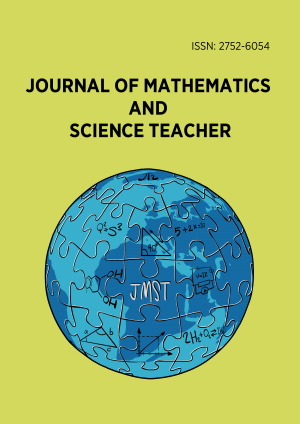Abstract
The mathematics curriculum implementation depends largely on teachers’ choice of pedagogical skills that would influence meaningful teaching and learning. The suggestive ideal approach this paper presents is to consider exploration and demonstration of Akan (a tribe in Ghana, West Africa) ethnomathematics in the teaching and learning of some selected mensuration and geometrical concepts found in the secondary school curriculum. The study found various Akan ethnomathematical processes supporting the teaching and learning of school geometrical and mensuration topics such as artefacts, buildings, tools, and others. The ethnomathematical processes reveal a resemblance of pi (π ) concepts and its application to ethno-technology from selected artefacts used for pedagogical demonstrations. We recommend further research into the practical effect of ethnomathematics move in teaching other mathematical concepts in several communities where there exists cultural diversity. It is suggested that mathematics educators adopt ethnomathematics methodology by integrating it into the curriculum implementation process to check its impact on the teaching and learning of mathematics.
License
This is an open access article distributed under the Creative Commons Attribution License which permits unrestricted use, distribution, and reproduction in any medium, provided the original work is properly cited.
Article Type: Research Article
Journal of Mathematics and Science Teacher, Volume 3, Issue 2, 2023, Article No: em042
https://doi.org/10.29333/mathsciteacher/13281
Publication date: 01 Jul 2023
Online publication date: 15 May 2023
Article Views: 2521
Article Downloads: 3257
Open Access References How to cite this article
 Full Text (PDF)
Full Text (PDF)